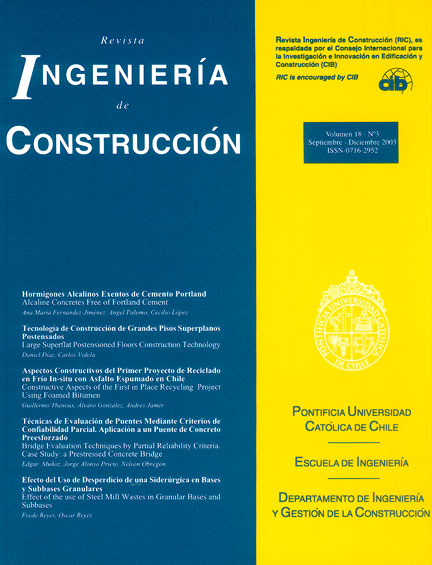BRIDGE EVALUATION TECHNIQUES BY PARTIAL RELIABILITY CRITERIA. CASE STUDY: A PRESTRESSED CONCRETE BRIDGE
Keywords:
Reliability, bridges, risk, load capacity, probability, finite elements, Montecarlo simulationAbstract
Structural safety analyses based on reliability provide a direct link with risk evaluation and economic decision. The term "partial reliability" allows for actual conditions of the state of a civil work, e.g. degradation, deficiency, failure, etc, and actual traffic loads, but it does not include earthquake, wind, slood or scour effects. The model developed in this paper is a combination of structural analysis based on discrete finite elements and Montecarlo simulation techniques using Matlab software. The use of the model allows the safety of a bridge to be projected into the future providing a preventive method with advantages over the traditional deterministic procedure, based on the Colombian Code for earthquake design of Bridges. A description of the methodology and results of the load capacity evaluation for the Rio Negro bridge, located in the Honda-Rio Ermitaño road, are presented.


